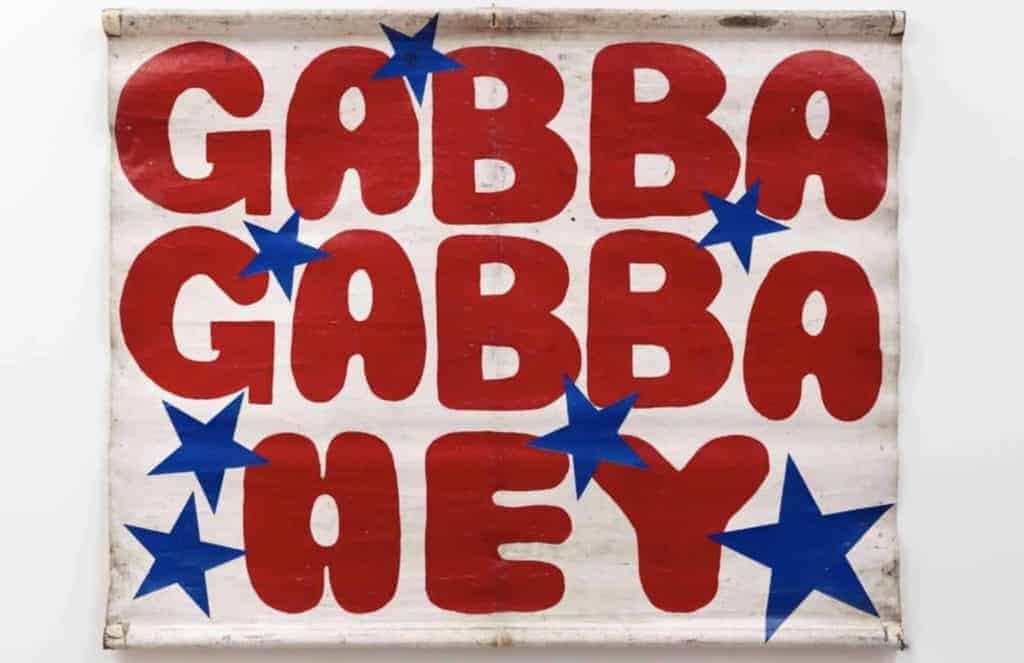A new archive preserves the creative legacy of the East Village
Howl! Arts/Howl! Archive, which opened in New York last month, documents the neighbourhood’s intellectual and cultural ferment
A new cultural centre shows that good things can emerge from a city in flux. Howl! Arts/Howl! Archive (HA/HA), which opened on September 19th, celebrates the arts scene that was born in the East Village in the wake of the second world war. It is a reminder of how New York has coped with calamities in the past, often with the help of artists and storytellers.
In the early 20th century the Lower East Side had been predominantly occupied by Italian, Jewish, Polish and Ukrainian immigrants. After the war it attracted mavericks looking for cheap rent and an escape from the strictures of American society. Writers including Allen Ginsberg, Jack Kerouac and Norman Mailer moved there; Ginsberg and Kerouac could often be spotted at the Harmony Bar & Restaurant with Lucien Carr, another key member of the Beat Generation group. W.H. Auden lived in a building on St Mark’s Place for almost 20 years (his friend, the political theorist Hannah Arendt, complained that his apartment was cold and dilapidated). Leon Trotsky had once used the same building to write his dispatches for Novy Mir, a Russian newspaper.
By the 1960s the precinct had its own character, and was renamed accordingly. As Ada Calhoun writes in “St. Mark’s Is Dead”, her book about the area around that street, this group of writers “redefined the neighbourhood as a literary scene, creating an idea about the East Village—as misfit refuge, as proudly un-American, as the most modern place on earth—that would last for decades.” Soon the likes of Jean-Michel Basquiat, Candy Darling, Keith Haring, Sam Shepard, Patti Smith, The Velvet Underground and Andy Warhol moved in, reinventing art, theatre and music.
They did so at a time when the idea of the city itself was being scrutinised. In the 1950s and 1960s, in response to the inward migration of black residents, “white flight” to the suburbs took place across America. In the 1970s New York lost more than 800,000 people, which contributed to the fiscal crisis of 1975; it seemed the city was no longer the “centre of the universe”. But as Dick Manitoba, the lead singer of the punk band The Dictators, told Ms Calhoun: “The danger kept people away, and kept this neighbourhood for us: the black sheep, the artists, the bohemians, the ne’er do wells, the druggies.”
The marginal eventually turned mainstream, however, and such hip enclaves drew people back to the city. The price of property increased, and many artistic institutions and long-time residents were forced out by rising rents. The aids crisis of the 1980s also decimated the community that had formed in the East Village. Many singular talents died from the disease, taking with them both the spirit and the specific history of the place. Their deaths helped spur the area’s gentrification, as landlords leased apartments in this now-trendy sector to new, wealthier tenants.
Jane Friedman, who did publicity for the Woodstock Festival in her 20s and later managed the career of Ms Smith, says she founded Howl! Arts as a non-profit organisation in 2003 “as a direct result of [her] concern about the loss of East Village history due to the aids pandemic” and because of the ageing of the artists. She opened the first permanent Howl! venue in 2015, a space celebrating the work and legacy of Arturo Vega, who had died in 2013 and was known as the “Fifth Ramone”. (He was the band’s art director—see picture—and created their famous logo.) Ms. Friedman’s colleague, Susan Martin, one of the company’s creative directors, says that Vega embodied the spirit of Howl! because he “represented someone who was completely immersed in the culture, and also reached out to and encouraged younger creators.”
Along with its sleek new galleries overlooking the Bowery, the new ha/ha site includes a library and an archive of more than 3,000 objects. It is an invaluable trove that could have easily been lost to history without such a concerted effort. The collection includes work by artists such as Scooter LaForge, Richard Hambleton, John Kelly and David Wojnarowicz, as well as archival material from the estates of Brian Butterick (aka, Hattie Hathaway, one of New York’s most famous drag queens), Darling and many others. Vitrines display photographs and letters as well as selected writings from Lawrence Ferlinghetti, Ginsberg and Diane Di Prima. Many of these items are included in “Icons, Iconoclasts, and Outsiders”, the inaugural exhibition.
Keeping the spirit of the East Village alive, Ms Friedman suggests, means supporting local and underrepresented artists today. That involves showcasing their work (which might not reach commercial galleries) and, when necessary, offering financial assistance. “On a personal level, I just couldn’t let the spirit of the neighbourhood die,” Ms Friedman says. “The past is not past: it’s alive and thriving hand-in-hand with younger people who crave the freedom, values and creativity this neighbourhood embodies. The East Village is a state of mind, accessible to anyone who is curious.”
—Yael Friedman


